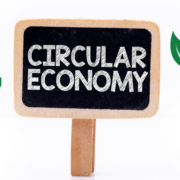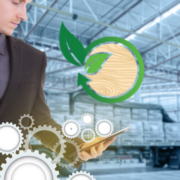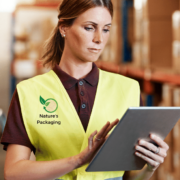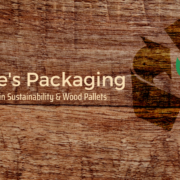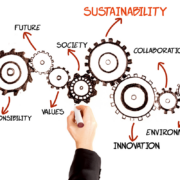Women’s Impact in the Pallet Industry
Over the past few years, the pallet industry has seen a significant shift in its workforce, with more women getting involved in the industry. This trend is a welcome development for an industry that has traditionally been male dominated. The changing demographics are bringing about new perspectives and ideas that are transforming the pallet industry. This Nature’s Packaging blog post will explore how women are getting more involved and changing the pallet industry.
The pallet industry is an essential component of the supply chain management system. It involves the production, transportation, and management of pallets that are used to transport goods and products across different stages of the supply chain.
The pallet industry is a crucial link between manufacturers, retailers, and consumers, ensuring that products are transported safely and efficiently. Over the years, the pallet industry has seen significant growth, with the demand for pallets increasing due to the rise of e-commerce and global trade.
In the past, the pallet industry was seen as a male-dominated industry, with women playing a minimal role in the sector. However, this trend has been changing in recent years, with more women getting involved in the pallet industry. Women are now involved in various roles within the industry, including management, production, and sales.
One of the main reasons for the increase in the number of women in the pallet industry is the growing awareness of the importance of diversity and inclusion in the workplace. Many companies are now actively seeking to hire and promote women in the industry, recognizing the value that diversity brings to the workplace. Women bring a unique perspective and approach to the industry, which can help drive innovation and growth.
Another reason for the increase in the number of women in the pallet industry is the changing perception of the industry itself. The industry is no longer seen as a dirty, manual labor-intensive sector.
Instead, it is recognized as a vital component of the supply chain management system, requiring skilled workers with a broad range of knowledge and expertise. Women are well-suited for many of the roles in the pallet industry, as they often possess the skills and attributes required for the job, such as attention to detail, organizational skills, and strong communication skills.
One of the ways that women are changing the pallet industry is through their approach to management. Women tend to bring a more collaborative and inclusive management style to the workplace, which can help foster teamwork and improve communication. This approach is particularly useful in the pallet industry, where teamwork and communication are essential for ensuring that pallets are produced and transported efficiently.
Women are also bringing new perspectives to the industry, particularly when it comes to sustainability and environmental impact. Women tend to be more environmentally conscious and aware of the impact that the pallet industry has on the environment. They are more likely to advocate for the use of sustainable materials and processes, which can help reduce the industry’s carbon footprint.
The pallet industry is seeing a significant shift and more women are choosing to getting involved in the sector. Women are bringing new perspectives, ideas, and approaches to the industry, which are transforming the sector. The increasing diversity in the industry is a welcome development, and companies that embrace this trend are likely to see significant benefits in terms of innovation, growth, and competitiveness. As the pallet industry continues to evolve, it is essential to recognize the value that women bring to the sector and to ensure that they have the opportunity to thrive and succeed.



